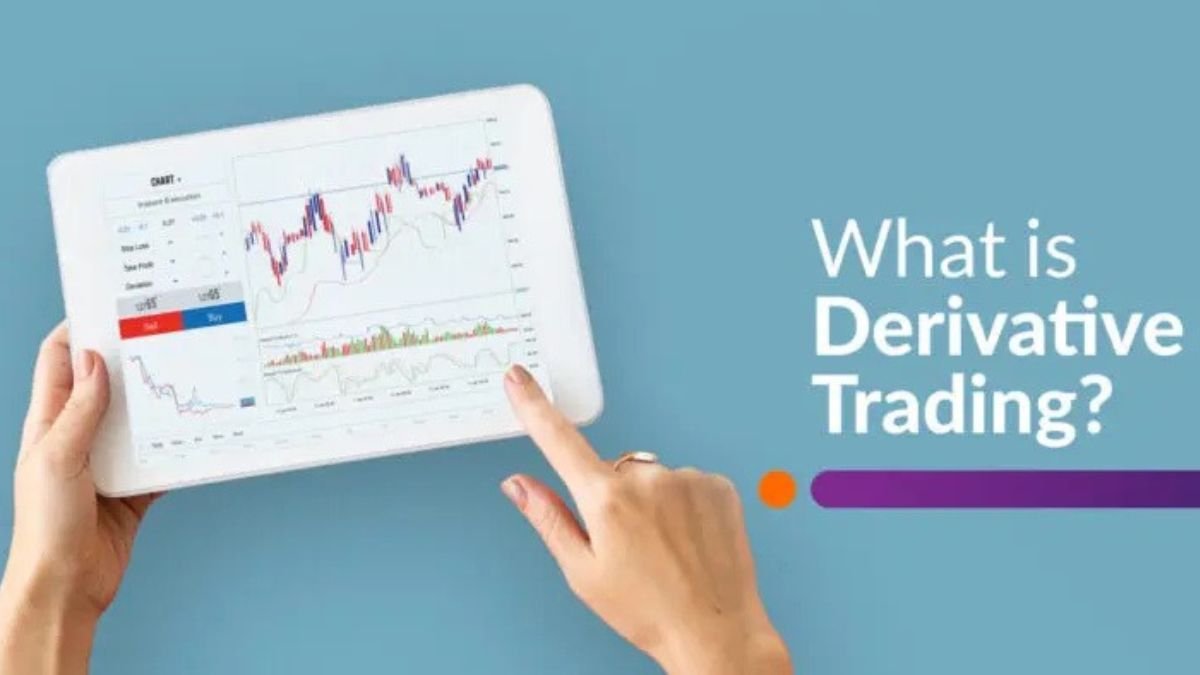Understanding Derivative Trading: A Comprehensive Overview
Derivative trading is a fascinating area of finance that allows investors to buy and sell contracts based on the value of underlying assets, such as stocks, commodities, or currencies. It provides opportunities to profit from price fluctuations without having to own the actual assets. This blog aims to explain the basics of derivative trading, its types, benefits, and how you can get started using a share market app in India. By the end, you will have a clearer understanding of this complex yet rewarding financial instrument.
What are Derivatives?
Derivatives are financial contracts that obtain their value from an underlying asset. This means their price varies based on how that asset performs. Common examples of underlying assets include stocks, bonds, commodities, and currencies. Derivatives can be traded on exchanges or over-the-counter (OTC) between parties.
Types of Derivative Contracts
- Futures Contracts: These are agreements to buy or sell an asset at a predetermined price on a specific future date. Futures are standardised contracts that are traded on exchanges.
- Options: An option gives the buyer the right, but not the obligation, to buy or sell an asset at a specific price before a certain date. This flexibility makes options popular among traders.
- Swaps: These are contracts where two parties exchange cash flows based on different financial instruments. Swaps can be complex and are often used by institutions for hedging purposes.
- Forwards: Similar to futures but more flexible, forwards are private agreements between two parties to buy or sell an asset at a specified price on a future date.
Leverage in Derivative Trading
One of the key features of derivative trading is leverage. This allows you to manage a large position with a relatively small amount of capital. For example, if you wish to trade shares worth ₹10,00,000 but only have ₹1,00,000, derivatives allow you to enter that trade by using margin trading. However, while leverage can increase profits, it also raises the potential for losses.
How Does Derivative Trading Work?
In derivative trading, investors speculate on the future price movements of an underlying asset without actually owning it. For example, if you believe that the price of a stock will rise, you might purchase a call option. If your prediction is correct and the stock price increases, you can either sell the option for a profit or exercise it to buy the stock at a lower price.
Advantages of Derivative Trading
- Risk Management: Derivatives can be used to hedge against potential losses in your investment portfolio.
- Increased Returns: Because of leverage, small movements in the price of an underlying asset can lead to significant gains (or losses). This potential for significant returns draws many traders.
- Market Efficiency: Derivative trading contributes to market efficiency by providing liquidity and enabling price discovery for various assets.
Getting Started with Derivative Trading
To begin trading derivatives, follow these steps:
- Open a Demat Account: Before you start trading derivatives, you’ll need to open Demat account with a brokerage firm that offers derivative trading services.
- Choose an Online Trading App: Select a stock market app or online trading app in India that supports derivative trading. Ensure it has user-friendly features and provides educational resources for beginners.
- Learn and Practice: Familiarise yourself with different types of derivatives and their associated risks. Many platforms offer demo accounts where you can practice trading without risking real money.
- Start Small: Begin with small investments until you gain confidence and experience in derivative trading strategies.
- Monitor Your Trades: Keep track of your positions and market conditions regularly to make informed decisions about when to enter or exit trades.
Risks Involved in Derivative Trading
While derivative trading offers many advantages, it also comes with risks.
- Market Risk: The value of derivatives can fluctuate widely based on market conditions.
- Leverage Risk: While leverage can amplify gains, it can also magnify losses if trades do not go as planned.
- Complexity: Understanding derivatives requires knowledge and experience; novice traders may find them challenging.
- Counterparty Risk: In OTC transactions, there is a risk that one party may default on their obligations.
Conclusion
Derivative trading is an exciting way for investors to engage with financial markets without directly owning assets. Opening a Demat account and using the best stock market app in India will enable you to explore this dynamic field further. By understanding what derivatives are and how they work, along with their benefits and risks, you can make informed decisions about your investments. Whether you’re looking to hedge risks or speculate for profits, derivative trading offers numerous opportunities for those willing to learn and adapt.







